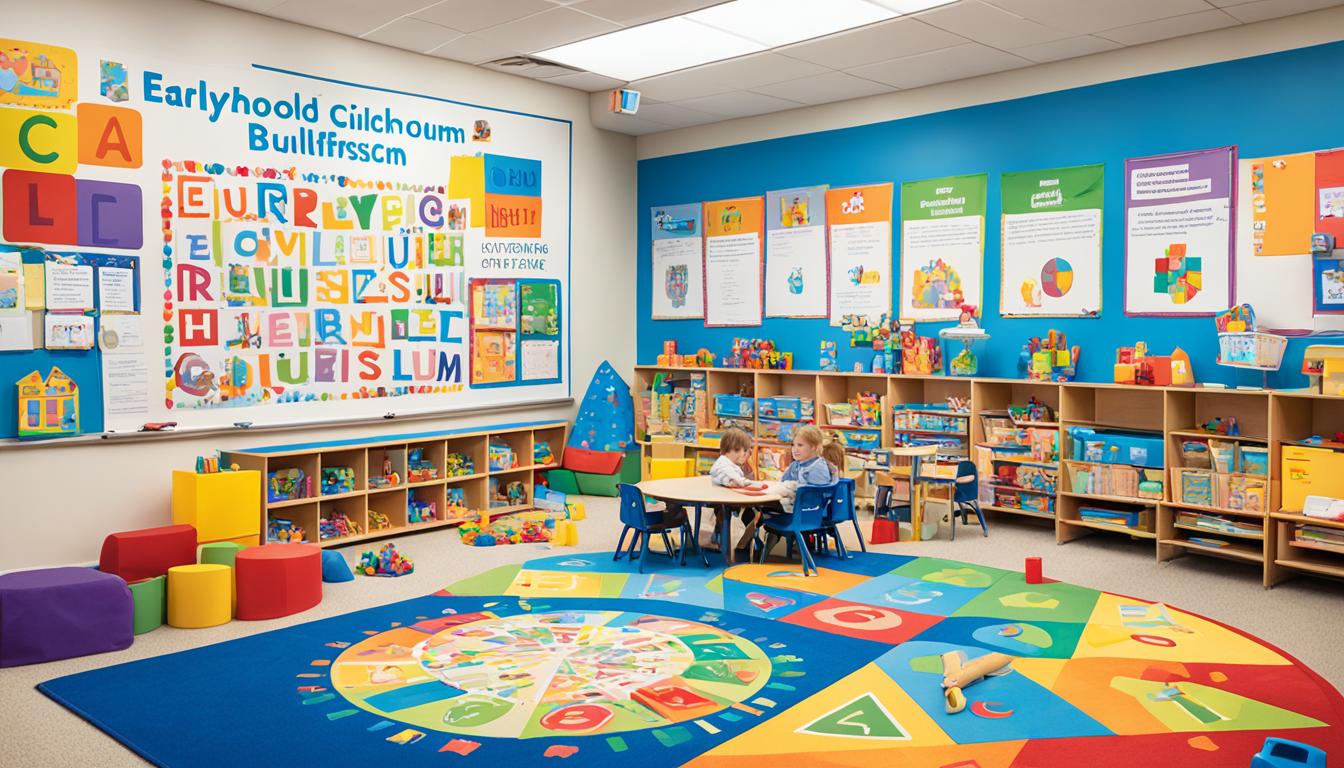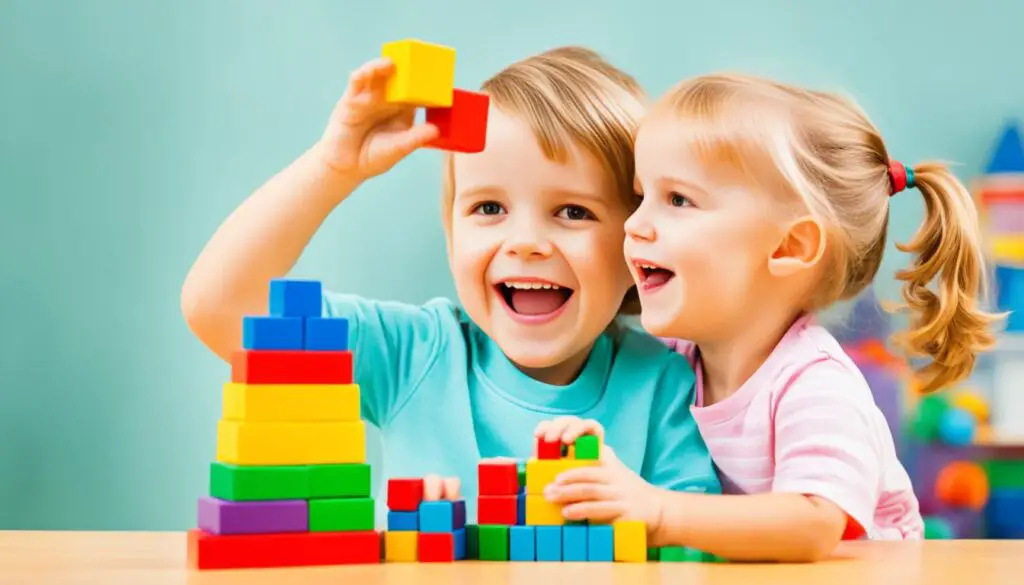
Crafting an Effective Early Childhood Curriculum: Techniques and Tips
As an educator, I understand the importance of crafting an effective early childhood curriculum that promotes growth and development in young learners. In this article, I will share valuable techniques and tips that can help you create a curriculum that engages young minds and fosters a love for learning.
When designing an early childhood curriculum, it is crucial to consider the developmental milestones, interests, and learning styles of the children in your care. By understanding their unique needs, you can tailor the curriculum to meet them effectively. Incorporating play-based activities, hands-on experiences, and individualized instruction can make the learning process enjoyable and meaningful.
Key Takeaways:
- Consider the developmental milestones, interests, and learning styles of young children when designing a curriculum.
- Incorporate play-based activities, hands-on experiences, and individualized instruction to make learning engaging.
- Collaborate with parents and guardians to ensure a holistic approach to education.
- Continuously assess and reflect on the curriculum to identify areas for improvement.
- Foster social-emotional development through interactions and activities.
Understanding Early Childhood Development and Milestones
Understanding early childhood development and milestones is crucial in the creation of an effective curriculum. As educators, it is essential to have knowledge of the physical, cognitive, social, and emotional development of young children. By recognizing the unique needs and abilities of children at each stage, we can tailor our curriculum to enhance their growth and facilitate optimal learning.
Physical development plays a significant role in a child’s early years. Providing opportunities for sensory exploration and gross motor play can help children develop their physical abilities and coordination. Activities such as running, jumping, and climbing support the development of fine and gross motor skills, while sensory play aids in sensory integration and body awareness.
Cognitive development is another crucial aspect of early childhood. By offering open-ended materials and engaging children in problem-solving activities, we can stimulate their cognitive abilities. These activities encourage critical thinking, creativity, and logical reasoning, allowing children to develop the necessary cognitive skills for future academic success.
“Childhood is not a race to see how quickly a child can read, write, and count. Childhood is a small window of time to learn and develop at the pace which is right for each individual child.” – Magda Gerber
Social and emotional development is equally vital during early childhood. By promoting peer interactions, communication skills, and emotional regulation, we support children in developing healthy relationships and emotional well-being. Engaging in collaborative activities, encouraging sharing and turn-taking, and providing opportunities for emotional expression all contribute to a child’s social-emotional growth.

| Developmental Domain | Key Milestones |
|---|---|
| Physical | – Crawling and walking |
| – Development of fine motor skills such as grasping objects and using utensils | |
| Cognitive | – Understanding cause and effect |
| – Problem-solving and logical reasoning | |
| Social | – Engaging in parallel play |
| – Demonstrating empathy and taking turns | |
| Emotional | – Recognizing and expressing a range of emotions |
| – Developing self-regulation skills |
By understanding the various domains of development and the corresponding milestones, educators can design a curriculum that addresses these areas and promotes holistic growth. A well-rounded curriculum not only supports children’s current developmental needs but also prepares them for future learning and success.
Strategies for Creating an Engaging and Meaningful Curriculum
Creating an engaging and meaningful curriculum for young learners requires the implementation of effective strategies. By incorporating play-based learning, hands-on activities, and real-world connections, educators can make the curriculum more enjoyable and relevant for children. This can involve incorporating interactive games, arts and crafts projects, and science experiments that align with the learning objectives.
Furthermore, integrating technology into the curriculum can significantly enhance engagement and provide opportunities for independent exploration. Educational apps and interactive websites can captivate young learners and make the learning experience more interactive and immersive.
Avoiding rote instruction and promoting a balance of structured lessons and child-directed learning is equally important. Allowing children to explore their own interests and take ownership of their learning not only increases engagement, but also fosters critical thinking and problem-solving skills.
In addition, creating a positive and inclusive learning environment is indispensable for cultivating engagement and promoting a love for learning. Every child should feel valued and supported. Encouraging collaboration, celebrating diversity, and providing individualized attention can help ensure that every child’s unique needs are met, leading to a more meaningful and impactful curriculum.
FAQ
What factors should I consider when crafting an early childhood curriculum?
When creating an early childhood curriculum, it is important to consider the developmental milestones, interests, and learning styles of young children. Additionally, collaboration with parents, continuous assessment and reflection, and a focus on social-emotional development can enhance the effectiveness of the curriculum.
Why is understanding early childhood development important for curriculum design?
Understanding early childhood development is crucial for tailoring the curriculum to meet the unique needs and abilities of young learners at each stage. By aligning the curriculum with the physical, cognitive, social, and emotional development of children, educators can support optimal growth and development.
How can I make my curriculum engaging and meaningful for young learners?
To create an engaging and meaningful curriculum, you can incorporate play-based learning, hands-on activities, and real-world connections. Providing a balance of structured instruction and child-directed learning, as well as creating a positive and inclusive learning environment, can also promote engagement and a love for learning.